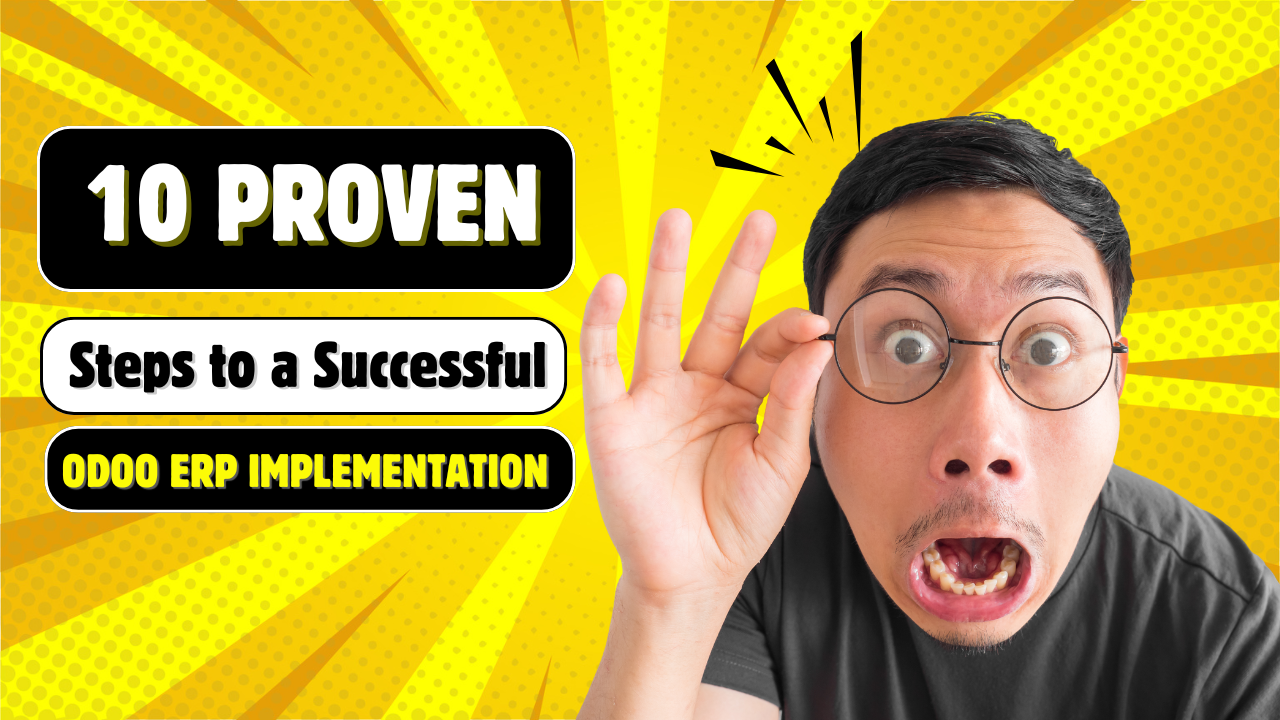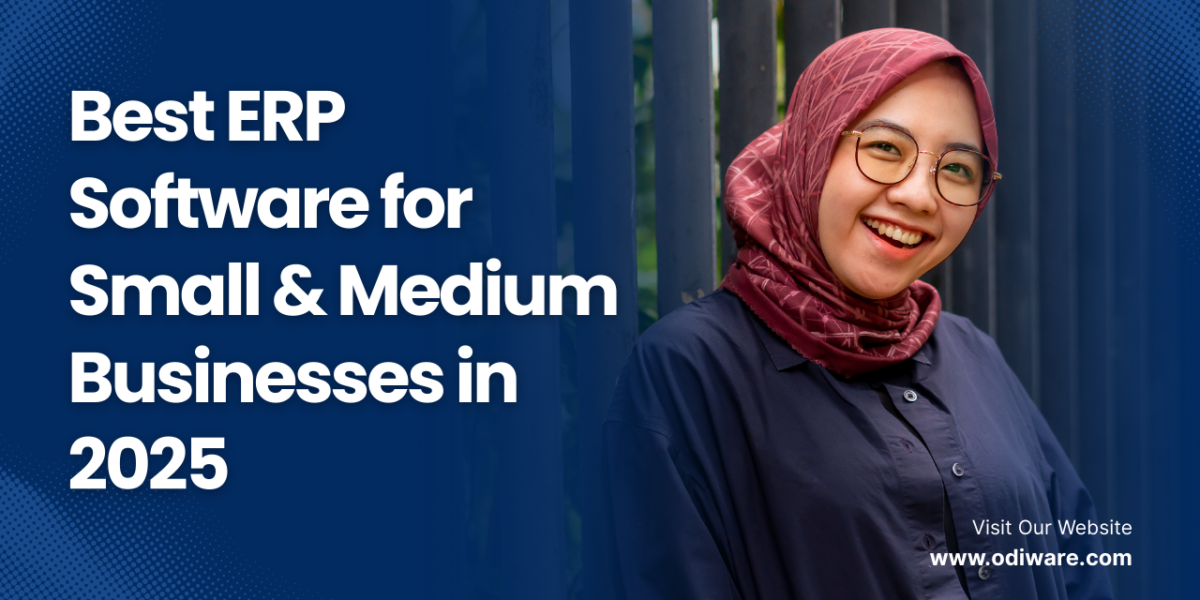10 Proven Steps to a Successful Odoo ERP Implementation
Implementing Odoo ERP can truly transform your business — streamlining operations, improving productivity, and boosting growth. But many companies hesitate, worried about the time, cost, and complexity involved in ERP implementation.
At Odiware, we’ve helped businesses across India, Dubai, and the UAE successfully implement Odoo ERP with a proven, step-by-step methodology. In this blog, we’ll share 10 real-world steps that ensure your Odoo ERP implementation is smooth, on-budget, and delivers lasting results.
1. Define Clear Business Goals
Before you start, it’s crucial to align your ERP software with your actual business processes. Define what you want to achieve — whether it’s better inventory control, faster sales cycles, or improved HR management. Clear goals help tailor Odoo exactly to your needs.
2. Choose the Right Odoo Implementation Partner
Selecting an experienced partner can make or break your project. As an official Odoo ERP partner in Dubai and beyond, Odiware brings deep knowledge and hands-on expertise to guide you through every step, reducing risks and speeding up your success.
3. Conduct a Thorough Business Process Analysis
Mapping out your current workflows helps identify bottlenecks and pain points. This analysis ensures your Odoo solution addresses real challenges rather than just deploying technology blindly.
4. Decide Between Odoo Community vs Enterprise
Odoo offers two main versions: Community (open source) and Enterprise (feature-rich, paid). Choosing the right one depends on your business size, industry, and budget. For example, manufacturing companies often benefit from the advanced modules in Enterprise.
5. Plan the Budget and Timeline
ERP projects require realistic planning. Larger businesses, especially in construction or manufacturing, need to account for more extensive customization and integration. Odiware helps you set achievable budgets and timelines upfront to avoid surprises.
6. Data Migration Planning
Migrating clean, accurate data from your old system is vital for a smooth transition. Odiware’s secure data migration process ensures all your customer, vendor, and transaction data is safely imported into Odoo without loss.
7. Customize Odoo Modules Based on Industry Needs
No two businesses are alike. Odiware customizes Odoo modules — like CRM for real estate firms or Odoo for manufacturing companies — to perfectly fit your workflows and industry requirements.
8. Testing and QA Before Go-Live
Before going live, thorough User Acceptance Testing (UAT) is essential. This step catches issues early and ensures your team is confident with the new system.
9. Train Your Team for Smooth Adoption
Odoo implementation is not just about software; it’s about people. Odiware provides comprehensive post-implementation training so your staff can fully leverage Odoo’s features and drive maximum ROI.
10. Go Live and Get Ongoing Support
Launching Odoo is just the beginning. Odiware offers ongoing support, updates, and optimization to keep your system running smoothly and adapting as your business grows.
Conclusion
Successful Odoo ERP implementation demands planning, expertise, and continuous support. Don’t navigate this complex process alone. Partner with Odiware, who bring proven experience and industry know-how to deliver results — faster and hassle-free.
Looking to implement Odoo ERP with zero hassle? Odiware’s proven methodology ensures you get results faster. Contact us today to start your Odoo journey.nce on Odoo ERP implementation tailored to your business needs, contact Odiware today. Our experienced team specializes in seamless Odoo ERP implementations to help you achieve your business goals efficiently.
Contact Odiware:
- Email: sales@odiware.com
- Phone: +91 86608 65440
- Website: https://www.odiware.com/



